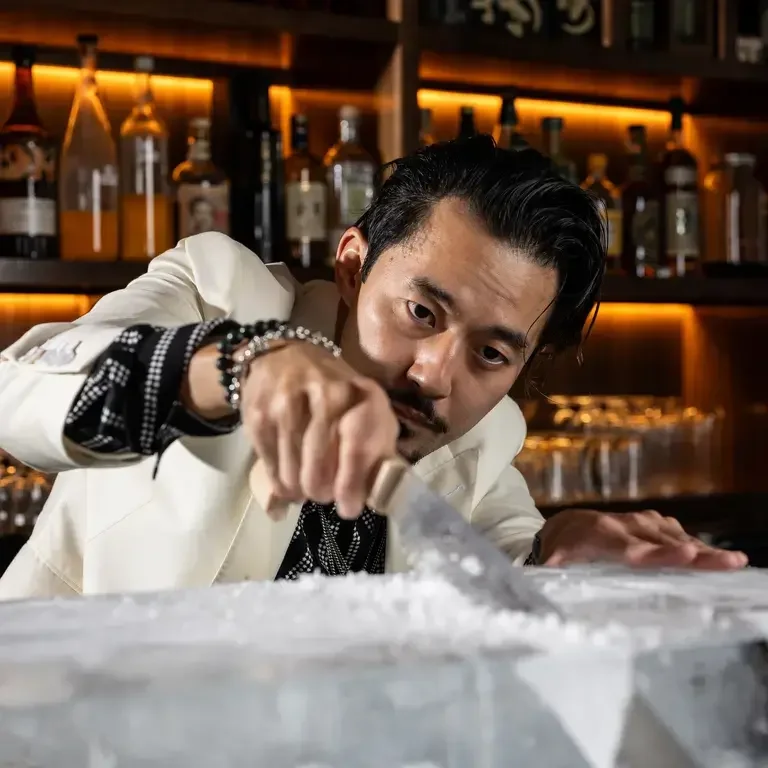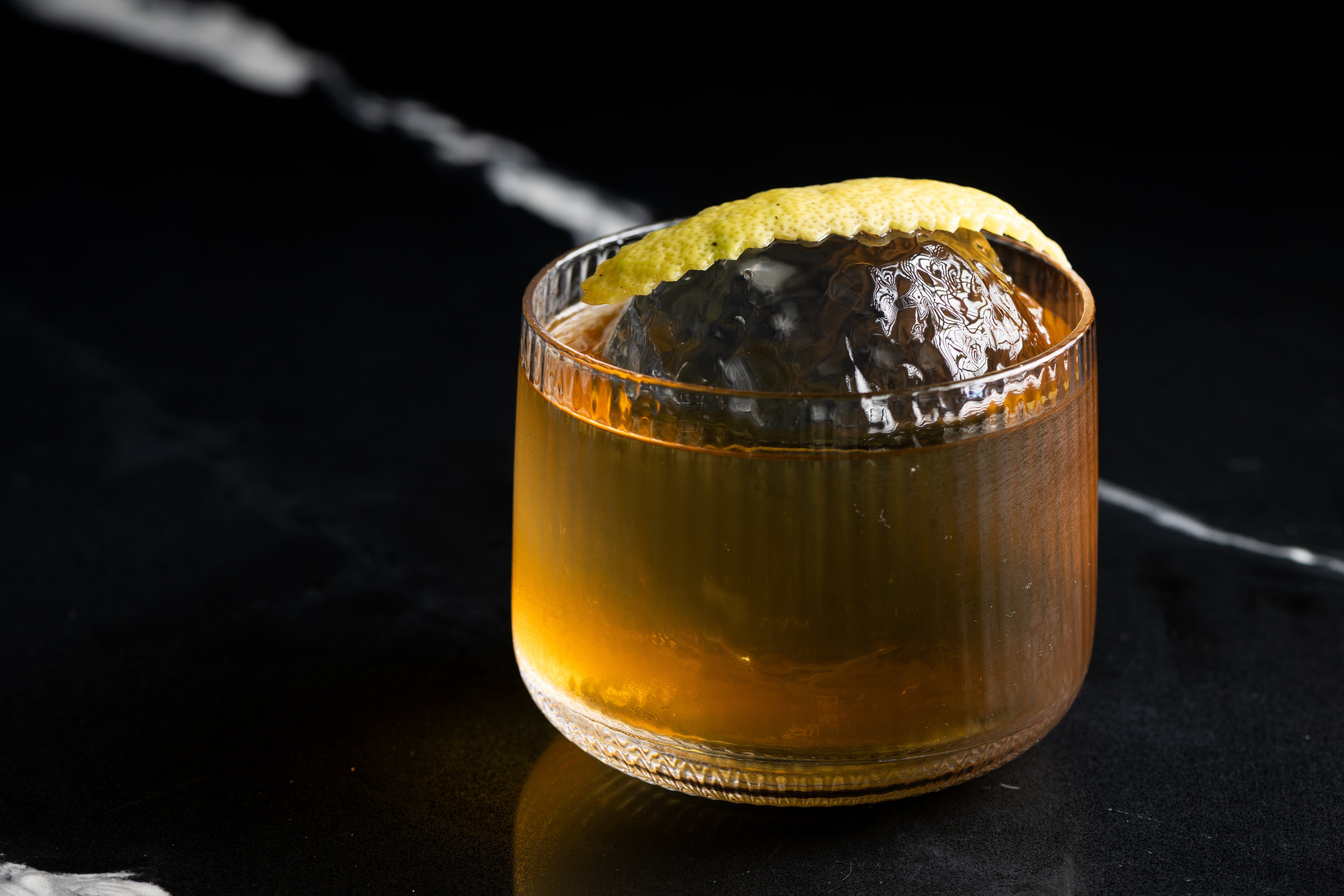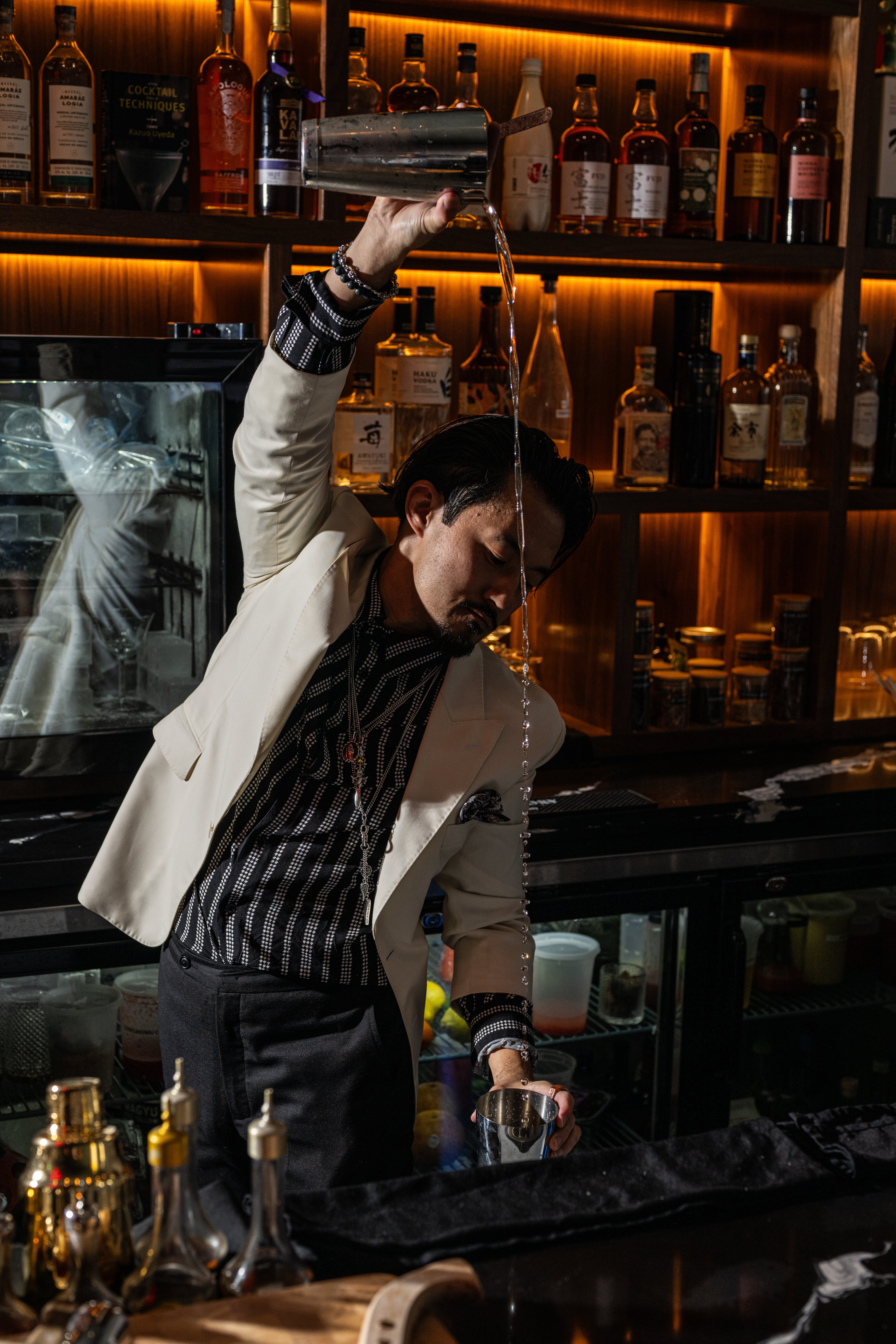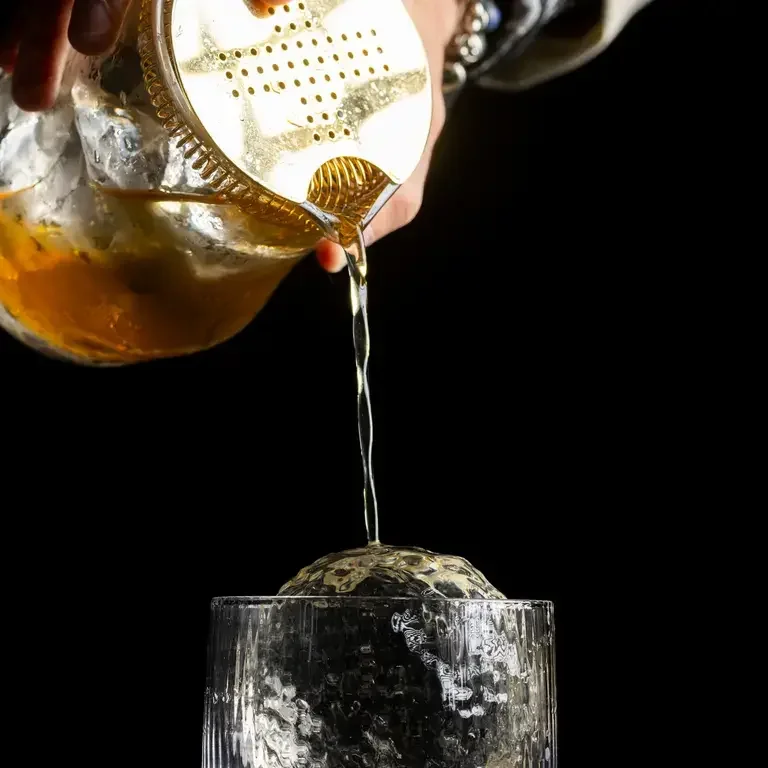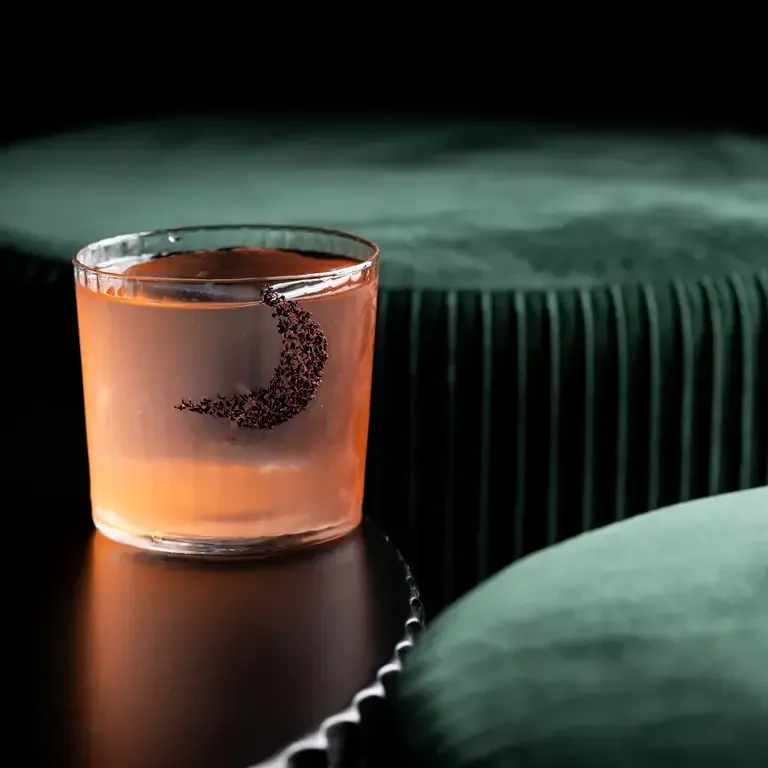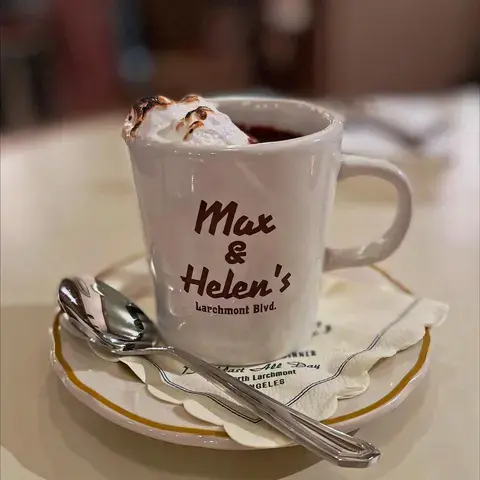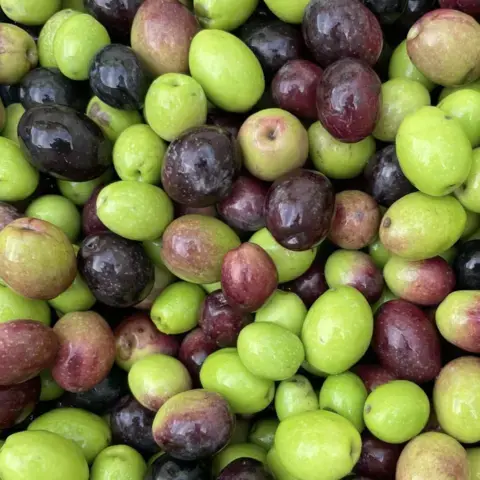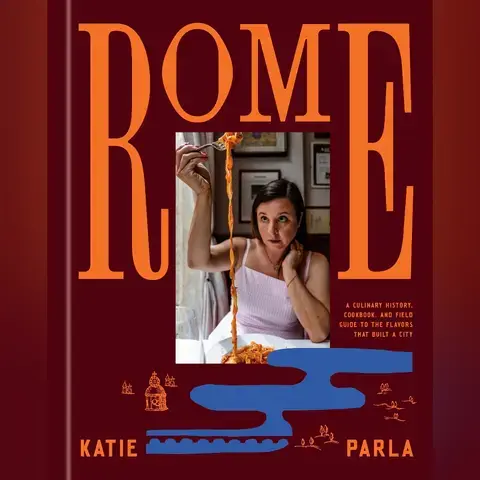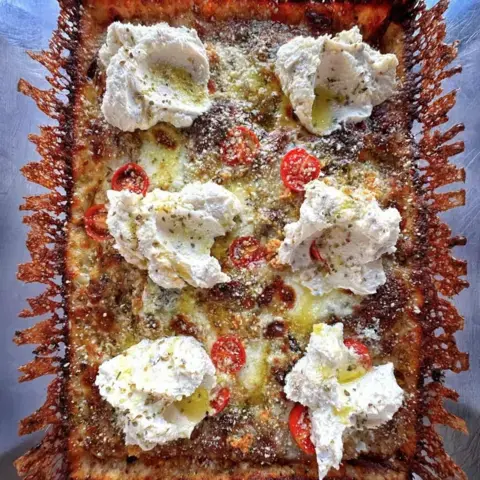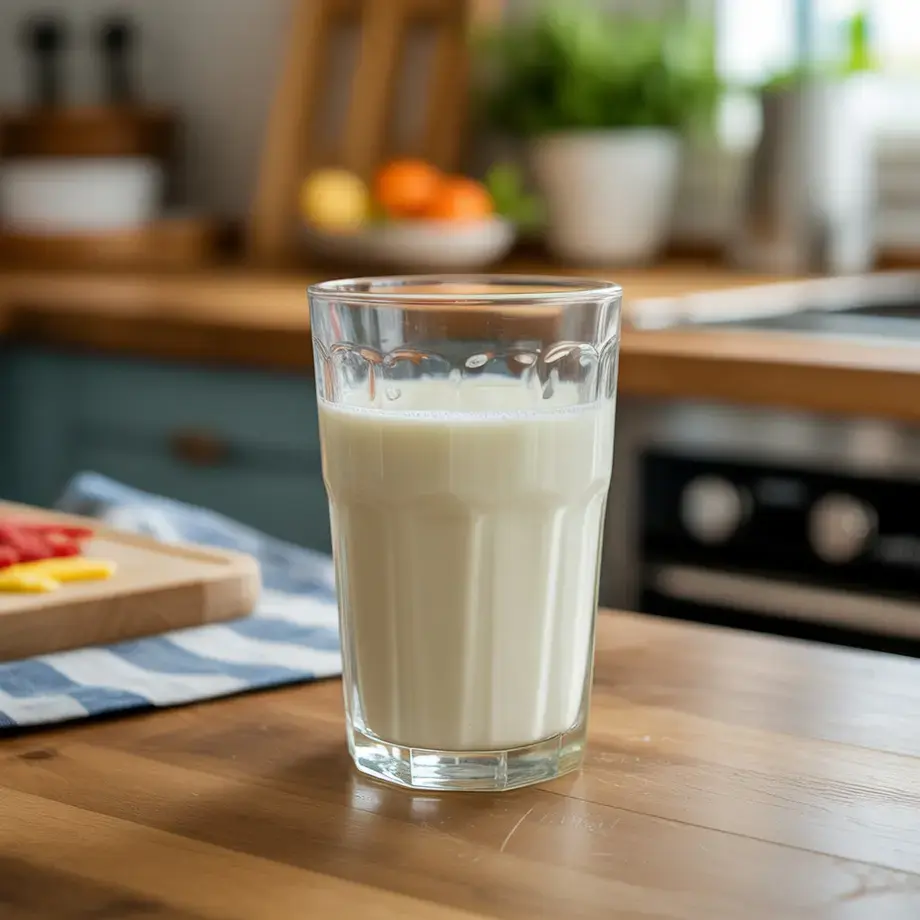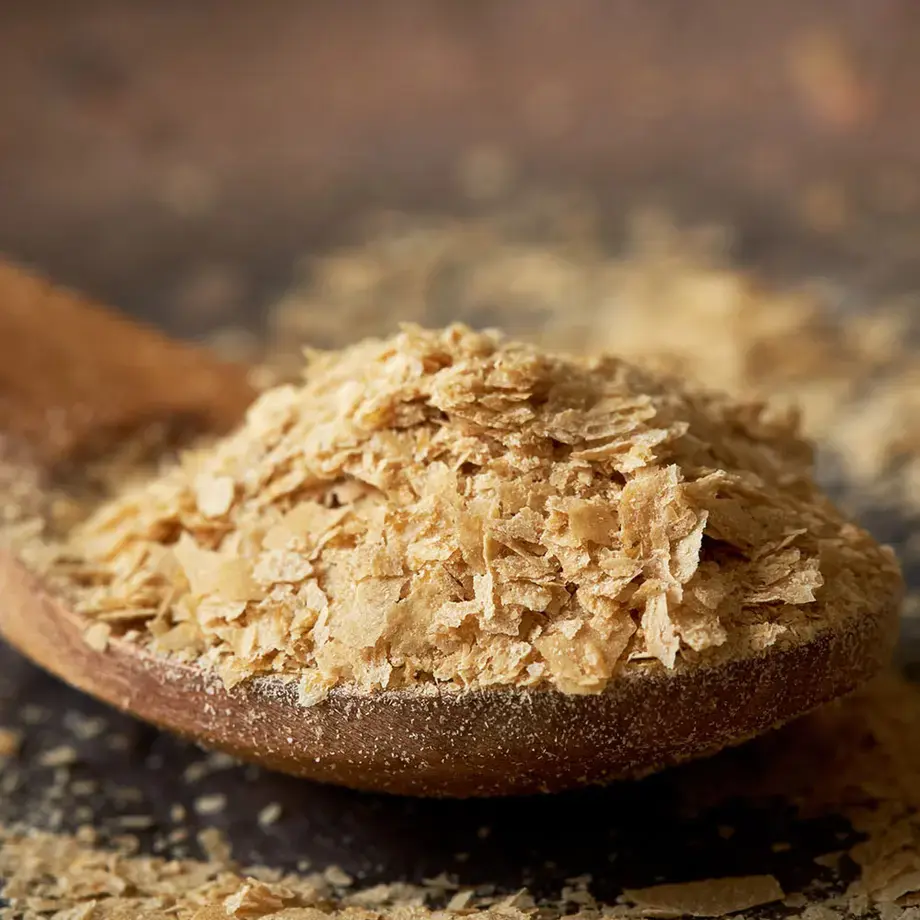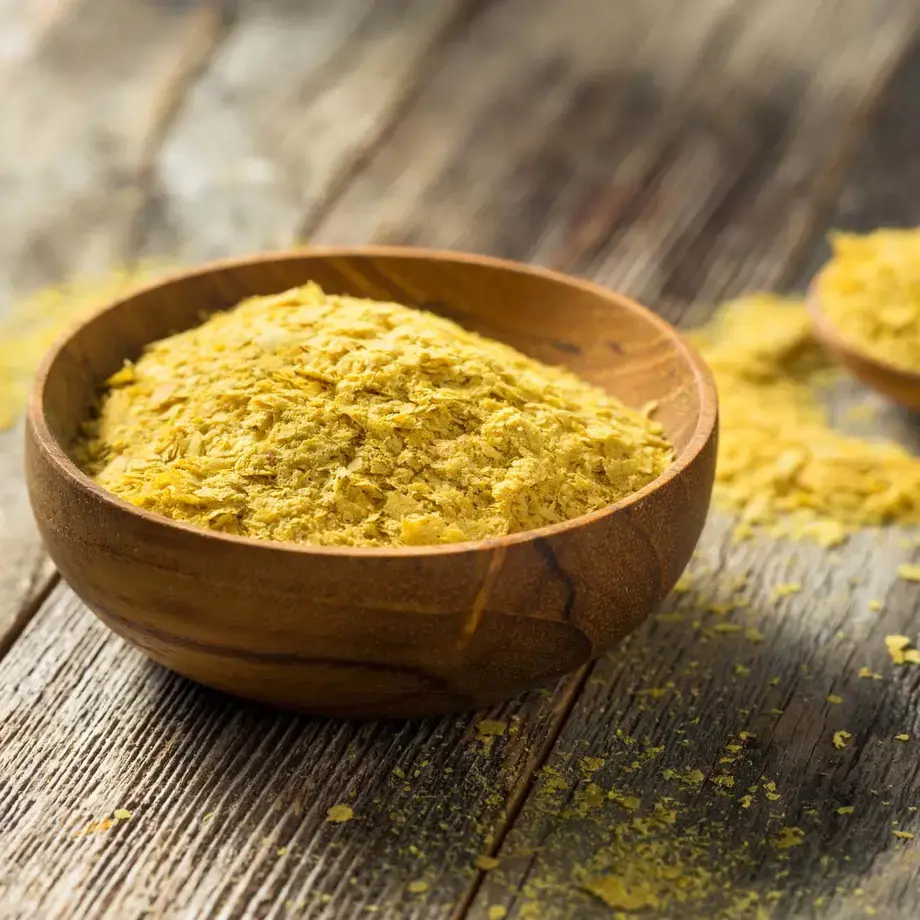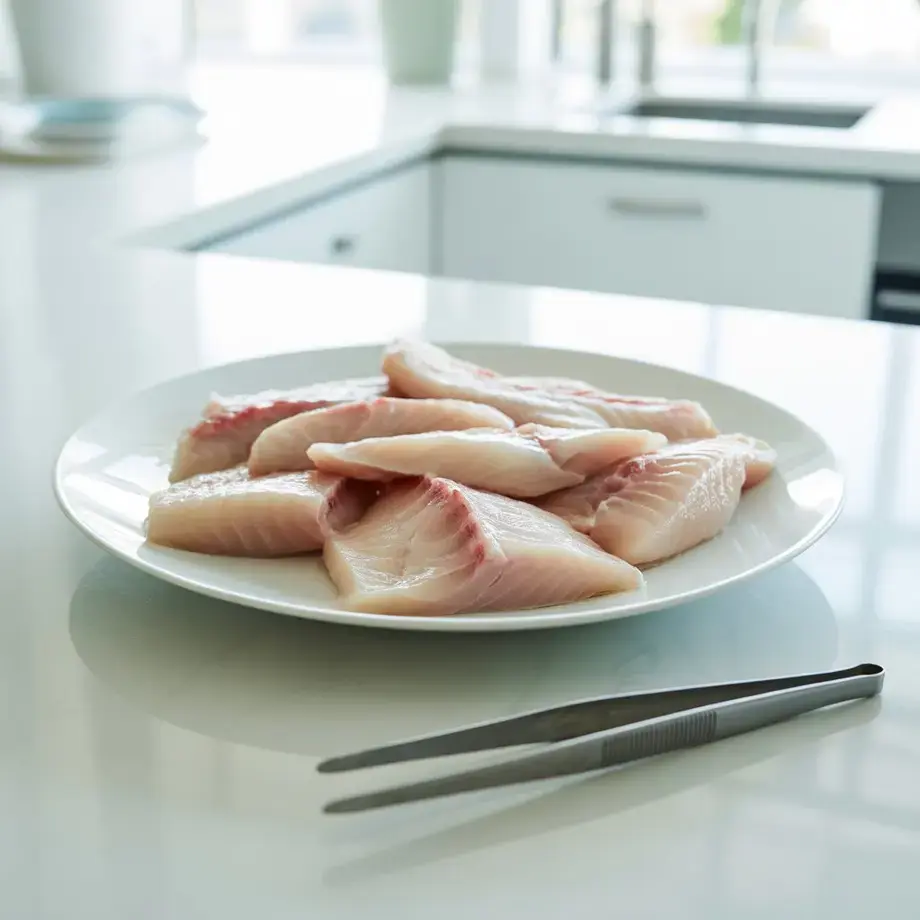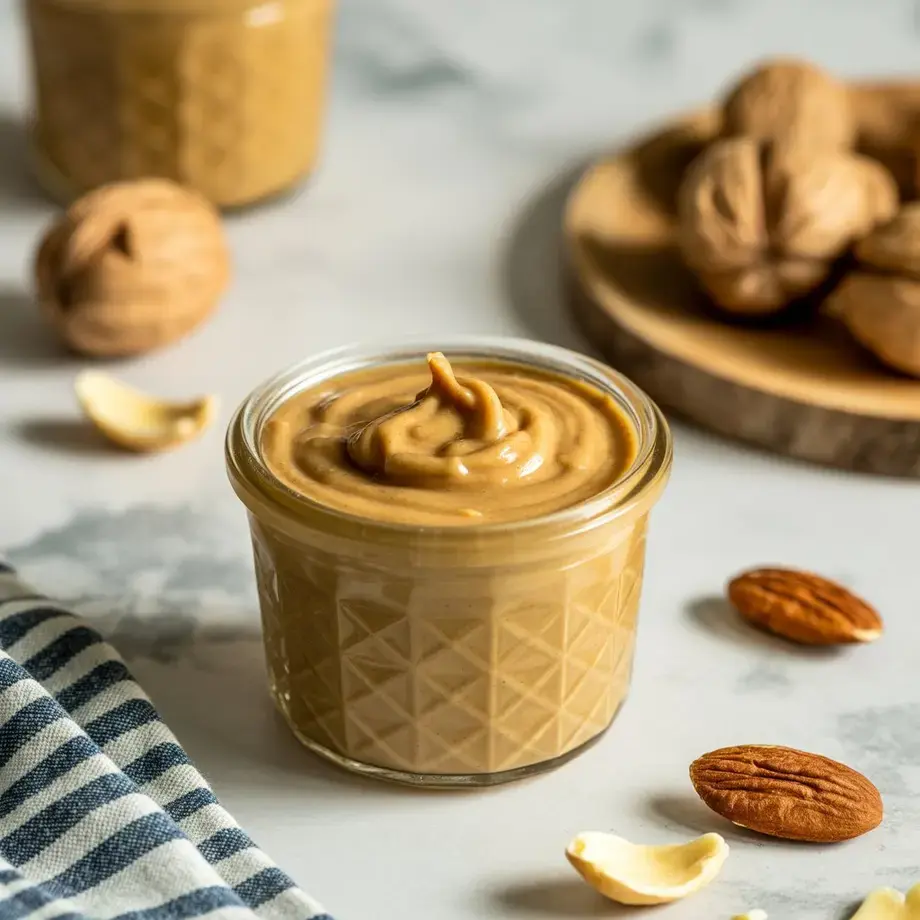How to Carve Clear Ice for Cocktails Like a Certified Ice Master
For Kevin Lee, ice isn’t just a cocktail component—it’s an obsession. The certified Ice Master and bartender behind Tokyo Noir in Long Beach has spent over a decade exploring the science and craft of ice, from making crystal-clear blocks in a walk-in freezer to hand-carving hundreds of spheres a night. “I was a perfectionist,” he says of his early days behind the bar. “The only way to make the best Old Fashioned was to have really good ice.”
Here, Lee walks us through the basics of ice carving—from freezer setup to final sphere—and explains why clarity, density, and shape can elevate your cocktails at home.
Who Is Kevin Lee, and What Is an Ice Master?
Lee began bartending over ten years ago in Orange County, where his first project involved scratch-made everything—bitters, vermouths, amaros. But ice was where things got serious. Without local access to clear ice, he began freezing blocks in coolers and carving them by hand. The goal? Make the perfect Old Fashioned.
"During that time, the only sphere ice you could get was from molds, but they were all cloudy. So we started making our own," he says. He and his team carved up to 200 spheres a day using blocks made in-house.
Years later, after developing an Omakase-style cocktail program in L.A., Lee was introduced to a network of Japanese ice experts who recognized his skills. He was certified by a Japanese board as an Ice Master specifically for bartending—a rare honor for someone outside of Japan.
Ice carving in Japan has a rich tradition, particularly in cocktail culture. The meticulous techniques practiced by Japanese bartenders trace back to the mid-20th century, when postwar bartending schools emphasized precision, hospitality, and aesthetic refinement. The use of the cobbler shaker, the “hard shake,” and hand-carved ice spheres all reflect a philosophy where detail is a form of respect.
“A lot of bartending is performative,” Lee says. “But in Japanese culture, even the way you stack ice in your shaker matters. Everything has intention.”
